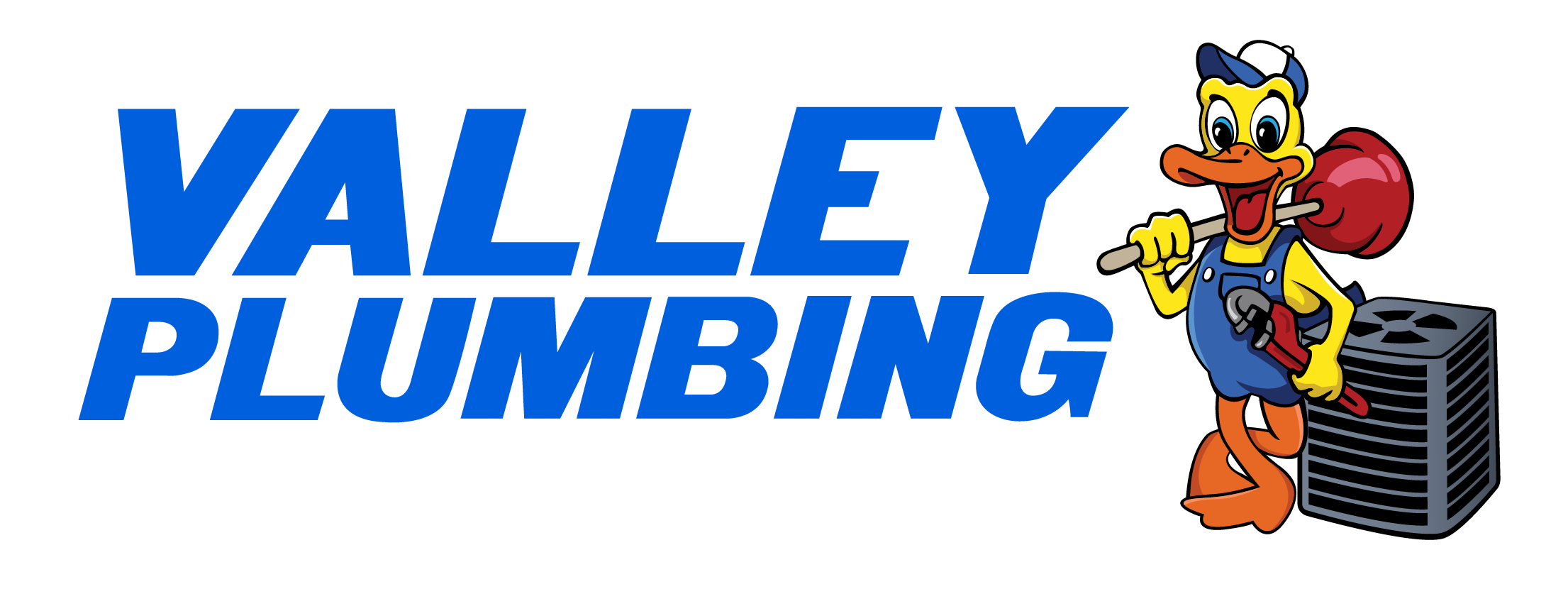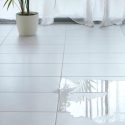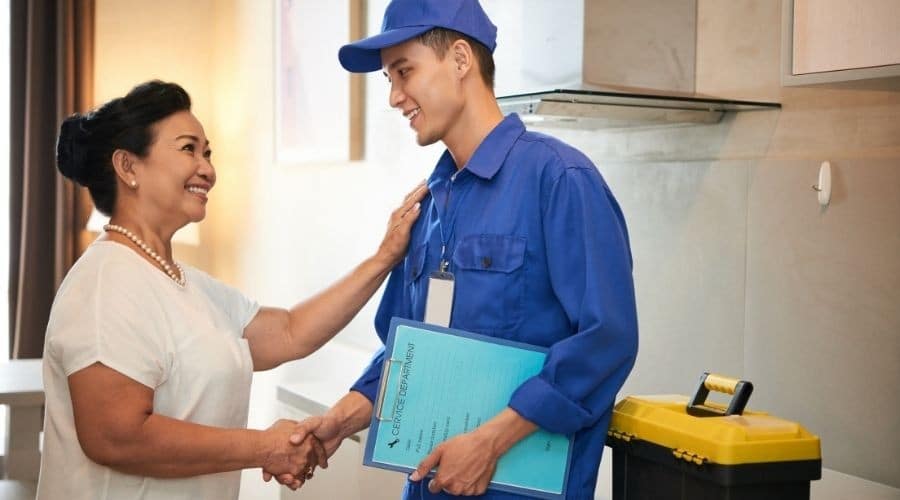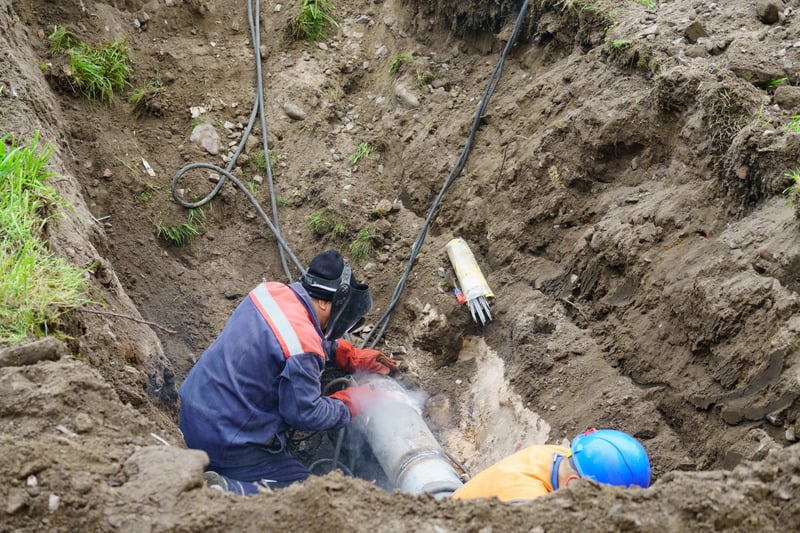As a homeowner in Orem, keeping your plumbing system in good working order is essential for ensuring your home runs smoothly. One of the best ways to prevent plumbing problems is by scheduling regular drain cleaning services in Orem. Over time, drains can accumulate debris, grease, soap scum, hair, and food particles, which can lead to clogs and slow drainage. Routine drain cleaning services not only help prevent these issues but also improve the overall efficiency of your plumbing system. In this article, we’ll discuss how drain clog prevention in Orem, UT, can help keep your home’s plumbing flowing smoothly.
1. Preventing Costly Clogs and Blockages
Clogs are one of the most common plumbing problems in Orem homes. They occur when debris and buildup accumulate in the pipes, restricting the flow of water. Common causes of clogs include grease, hair, soap, food particles, and even tree roots. Without regular drain cleaning services in Orem, these minor blockages can build up over time, eventually leading to a complete clog.
Routine drain clog prevention in Orem, UT, helps eliminate these materials before they cause major issues. Professional drain cleaning services use specialized tools like hydro jetting and augers to thoroughly clean your pipes and clear out debris, ensuring that water flows freely through your plumbing system. By addressing potential clogs early on, you can avoid costly repairs and the inconvenience of dealing with slow or blocked drains.
2. Improved Drainage and Water Flow
Slow-draining sinks, bathtubs, or showers are not just annoying—they’re signs that something is obstructing the flow of water in your pipes. Over time, even minor blockages can cause water to drain slowly, making everyday tasks like washing dishes or taking a shower more frustrating. Regular routine drain cleaning services in Orem help maintain smooth water flow by removing buildup and clearing blockages before they become noticeable.
By keeping your drains clean and free from debris, you ensure that water flows efficiently through your pipes. This means faster draining times, fewer clogged drains, and a more convenient home life.
3. Preventing Unpleasant Odors
A clogged drain can lead to unpleasant odors that linger in your kitchen, bathroom, or laundry room. As debris accumulates in your pipes, it can begin to rot, creating foul smells that waft into your home. These odors not only make your home less comfortable but also indicate that your plumbing system is not functioning optimally.
Regular drain cleaning services in Orem help prevent these odors by removing the buildup that causes them. Professional drain cleaning clears out organic material, grease, and other debris that can contribute to bad smells, leaving your home smelling fresh and clean.
4. Maintaining a Healthy Plumbing System
When drains are clogged or obstructed, the pressure in your plumbing system increases, which can lead to pipe damage and leaks. Over time, untreated clogs can result in cracked or broken pipes, leading to more serious plumbing issues such as water damage or flooding.
Routine drain cleaning services in Orem not only prevent clogs but also help maintain the health of your entire plumbing system. Regular maintenance ensures that your pipes remain clear, reduces the risk of damage, and helps your plumbing system function more efficiently. In turn, this prevents major issues from developing and extends the lifespan of your plumbing system.
5. Saving Money on Expensive Repairs
Routine drain cleaning is an affordable service that can save you money in the long run by preventing the need for expensive plumbing repairs. A small clog can often be cleared easily, but if left untreated, it can lead to more severe problems such as pipe damage, water backups, or flooding. These issues can be costly to repair and cause significant disruption to your home.
By investing in regular drain cleaning in Orem, you can avoid these expensive repairs. Professional plumbers can spot potential issues early and provide preventative solutions, saving you money and stress.
Regular drain cleaning services in Orem are an essential part of maintaining your home’s plumbing system. By scheduling routine cleaning, you can prevent clogs, improve water flow, eliminate odors, maintain a healthy plumbing system, and save money on costly repairs. Whether you need to clear a simple blockage or want to maintain your plumbing system’s overall health, Valley Plumbing and Drain Cleaning is here to help.
If you're dealing with slow drains, odors, or the potential for clogs, don’t wait—contact us today for expert drain cleaning in Orem. Our team of professionals is ready to provide the services you need to keep your plumbing flowing smoothly. Contact us today to schedule your drain cleaning service!






